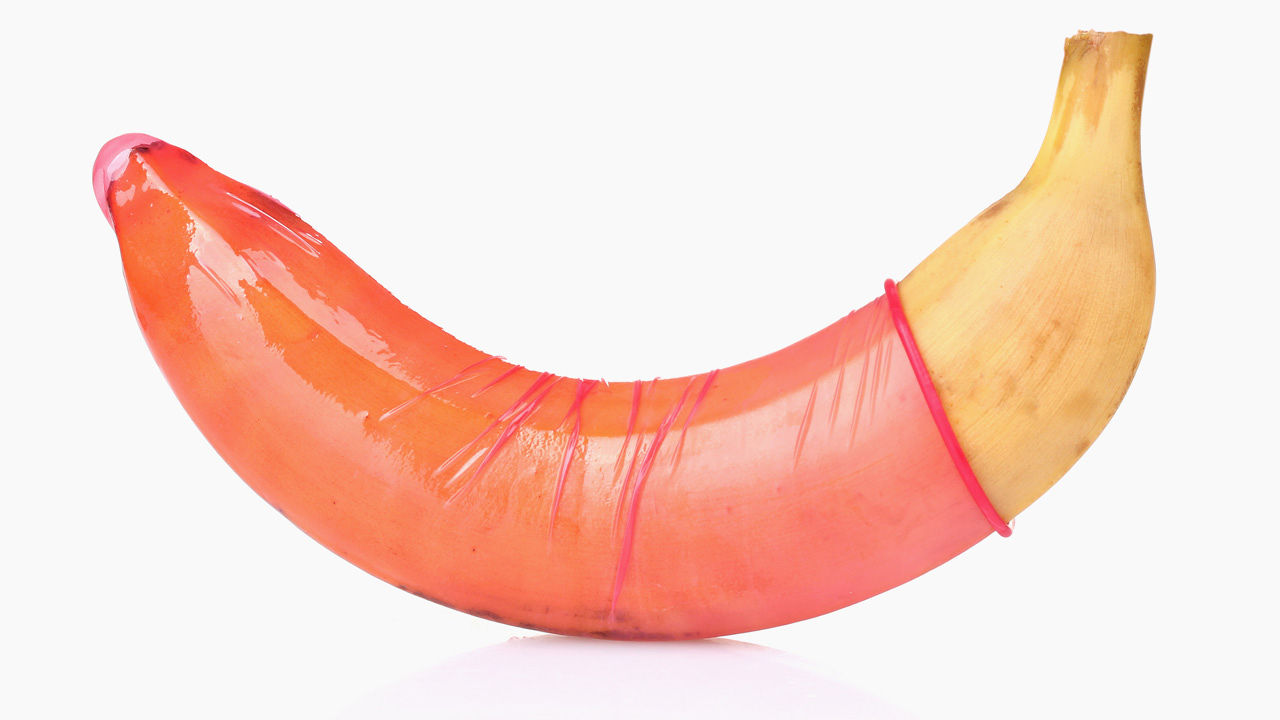This weird sounding word does not mean the study of tribes, as many puzzled people have asked me before, though perhaps the subtitle has given it away. Tribology is the study of interacting surfaces in relative motion – which, I give you, doesn’t sound interesting when taken at face value. Hopefully I might be able to change your mind in this short article.
This field of study was only given a proper name in 1966 following a report authored by a select government committee, including the late Professor H. Peter Jost and Duncan Dowson, Emeritus Professor here at the University of Leeds. The ‘Jost’ report revealed the enormous energy wastage throughout the country by unoptimised components and systems. With proper consideration of tribology (reducing friction, wear and general corrosion) across all mechanical systems, the savings were estimated to be in the hundreds of millions in 1966.
Though the field was only given a unifying name in the sixties, its importance and existence was known about as far back as Ancient Egypt. Several carvings exist portraying the transport of large monuments, in which people are clearly seen pouring liquid onto the sand to reduce the friction when moving them. Leonardo Da Vinci even researched the calculation – it’s almost sickening the amount of work he got through.
The report also recommended the establishment of a number of centres for Tribology teaching, throughout the UK. A number of these now exist in UK universities including Leeds, Sheffield and Imperial College London. To further expand on the roster of teaching centres, the EPSRC granted the University of Leeds and University of Sheffield a grant to establish a doctoral training centre, training PhD students in tribology while working closely with industry. In 2014, the iT-CDT welcomed its first cohort of students and is still recruiting.
The importance of tribology cannot be understated despite its obscurity. Much of the key research regarding joint replacement therapies took place here at Leeds and wouldn’t be as far on today without tribology. You definitely wouldn’t want your shiny new hip wearing, sending a load of metal particulates into your body a few months after it was implanted. The improvements in the efficiency of modern engines, helping to combat climate change, is mainly due to tribological improvements.
In more recent years, new areas of study within tribology have emerged as the field has grown in prominence and technology has moved on. Nanotribology is mainly concerned with the small-scale interactions of nanotechnological mechanisms and new innovative coating materials. Space tribology is yet another new area, governing the performance of satellites and spacecraft. So, tick off nanotechnology and space – I think we can say this is pretty cool.
A number of researchers from various institutions, including the University of Leeds, have started a new blog to promote awareness of tribology, sharing new discoveries in the field. You can find out more about the various domains of tribology including computational tribology, biotribology and atomistic tribology. If you’re interested to learn more, please visit tribonet.org.
Sam McMaster
Science Editor
(Image courtesy of http://napwha.org.au)

